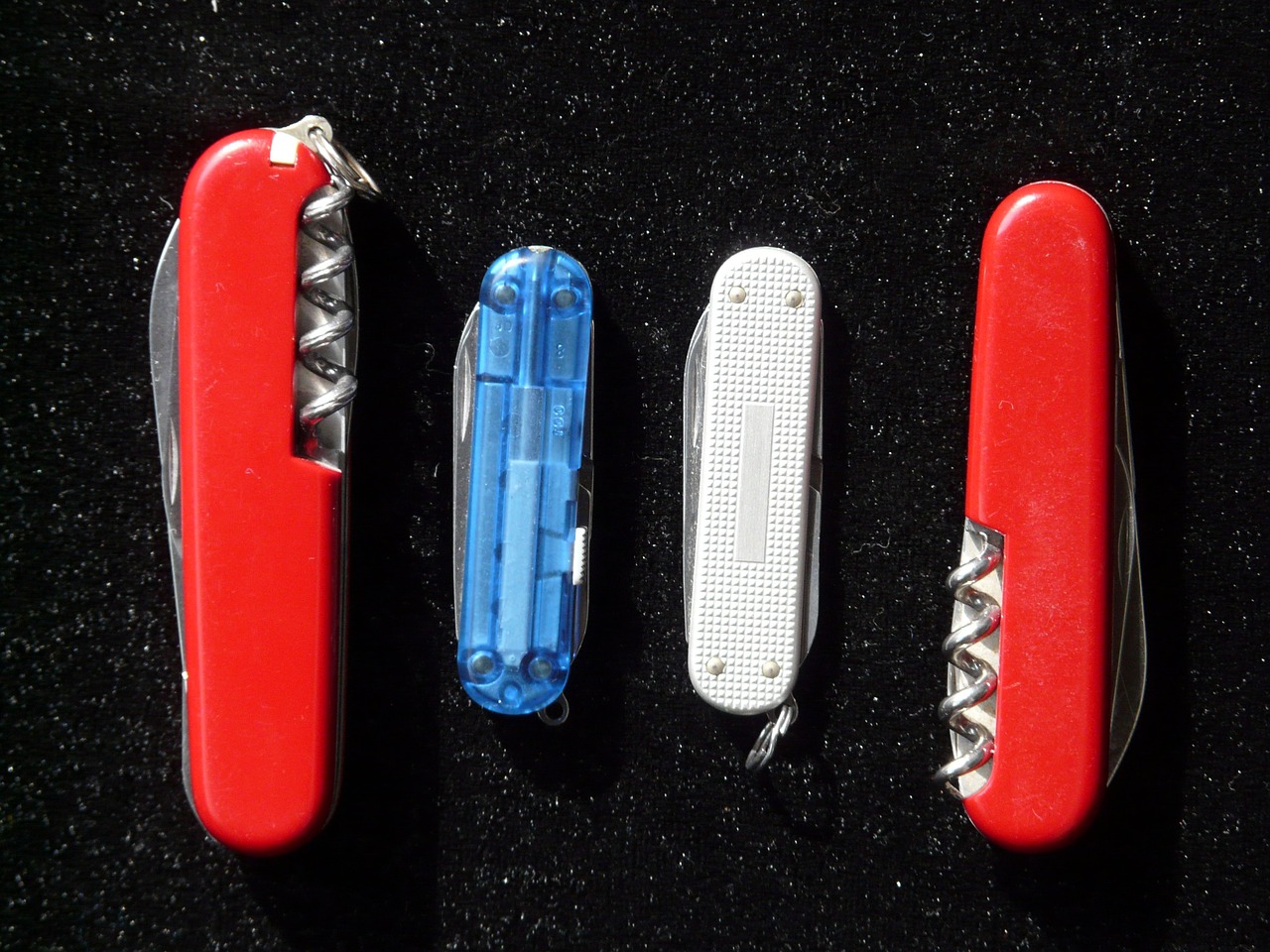Installing a pocket door in an existing wall can transform the functionality and aesthetics of a room. The process may seem daunting at first, but with the right guidance and tools, it can be a rewarding project. Before diving into the installation, it is essential to assess the wall structure thoroughly. Check for any obstacles such as electrical wires, plumbing, or studs that may interfere with the installation process. Once you have cleared the path, it’s time to prepare the opening for the pocket door. This involves precise measurements, cutting the wall, and framing the doorway to ensure a perfect fit.

Assessing Wall Structure
Before diving into the installation process of a pocket door, it is essential to thoroughly assess the structure of the existing wall. This preliminary step is crucial to ensure a smooth and successful installation without any unexpected surprises along the way. Imagine embarking on a journey without a map; assessing the wall structure is like plotting your course before setting sail. You wouldn’t want to encounter rough waters or hidden obstacles mid-journey, right?
When assessing the wall structure, you need to pay close attention to various elements that could potentially impact the installation process. Think of it as conducting a thorough investigation to uncover any hidden treasures or obstacles that may lie beneath the surface. Look out for electrical wires, plumbing pipes, and studs that could potentially interfere with the installation of the pocket door. It’s like being a detective, searching for clues to ensure a successful outcome.
By carefully examining the wall structure, you can identify any potential challenges or issues that need to be addressed before proceeding with the installation. It’s like laying the foundation for a sturdy building; ensuring that the groundwork is solid will prevent any unexpected explosions or setbacks down the line. So, take the time to assess the wall structure thoroughly before moving on to the next step in the installation process.

Preparing the Opening
When it comes to preparing the opening for a pocket door installation, attention to detail is key. Before grabbing your tools, take a moment to visualize the process ahead. Picture the wall as a canvas awaiting transformation, a blank slate ready to embrace a new feature. This mental preparation sets the stage for a smooth and efficient installation.
One of the initial steps in preparing the opening is to carefully measure and mark the area where the pocket door will be situated. Precision is paramount here; a small miscalculation can lead to significant issues down the line. Remember, the success of the installation hinges on accurate measurements and precise cuts.
Next, it’s time to cut through the wall to create the opening for the pocket door. This step requires focus and a steady hand. Think of it as sculpting – each cut shapes the doorway, unveiling the path for the pocket door to slide seamlessly. Take your time, follow the marked lines, and trust in your abilities.
As you frame the doorway, envision the structure taking shape. The frame acts as the foundation, providing stability and support for the pocket door. Like building a house, each piece plays a crucial role in the overall integrity of the installation. Ensure the frame is level, secure, and aligned correctly to guarantee a flawless finish.

Installing the Pocket Door
When it comes to installing the pocket door, attention to detail is key for a successful outcome. The first step is to position the door into the prepared opening, ensuring it fits snugly and aligns properly. This is crucial for the door to operate smoothly without any obstructions or misalignments.
Next, attach the necessary hardware securely to the door and the surrounding frame. This includes the track, rollers, guides, and any additional components that facilitate the door’s movement. Proper installation of the hardware is essential for the door to function correctly and last for a long time.
After attaching the hardware, make any required adjustments to ensure the door slides effortlessly within the pocket. This may involve tweaking the alignment, adjusting the rollers, or fine-tuning the track to eliminate any resistance or sticking points. A well-installed pocket door should glide open and shut with minimal effort.
Frequently Asked Questions
Can any wall support a pocket door installation?
It is crucial to assess the existing wall structure before installing a pocket door. Check for electrical wires, plumbing, and studs that may affect the installation. Some walls may require additional reinforcement to support a pocket door.
What tools are needed for installing a pocket door?
Common tools required for installing a pocket door include a saw, drill, level, measuring tape, screws, and a door handle kit. Having the right tools ensures a smoother installation process and professional results.
How do I ensure the pocket door operates smoothly?
Proper installation is key to ensuring the pocket door operates smoothly. Make sure the door is level, the hardware is securely attached, and any adjustments needed for smooth operation are made during the installation process.